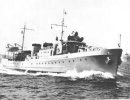You can really taste the gamma radiation.You haven't eaten until you've had nuked goat.
-
Please take a moment and update your account profile. If you have an updated account profile with basic information on why you are on Air Warriors it will help other people respond to your posts. How do you update your profile you ask?
Go here:
Edit Account Details and Profile
You are using an out of date browser. It may not display this or other websites correctly.
You should upgrade or use an alternative browser.
You should upgrade or use an alternative browser.
Ship Photo of the Day
- Thread starter Randy Daytona
- Start date
An older boat by the same name:
View attachment 16826
Like the Washington Naval Treaty forced the Lexington and Saratoga to switch from battlecruisers to carriers, the same thing happened to the Kaga - originally it was supposed to be a "Toso" class battleship (an improved "Nagato" class).
The "Light", wait a minute, "Heavy" cruiser Mogami. Cheating on the Washington Naval Treaty, the Japanese built the massive "light cruiser" Mogami class. Mounting 15x6" cannons dual purpose cannons capable f 55 deg of elevation, it was cleverly designed that the turret bases could accept a dual 8" turret as well - which is exactly what the Japanese later did (the triple 6" turrets made their way to various ships including the Yamato class)
The Mogami had some bad luck, having had not 1, not 2, but 3 collisions - and was finally sunk at The Battle of Surigao Strait.
https://en.wikipedia.org/wiki/Japanese_cruiser_Mogami_(1934)
At trials in 1935 (notice the triple 6" main battery)
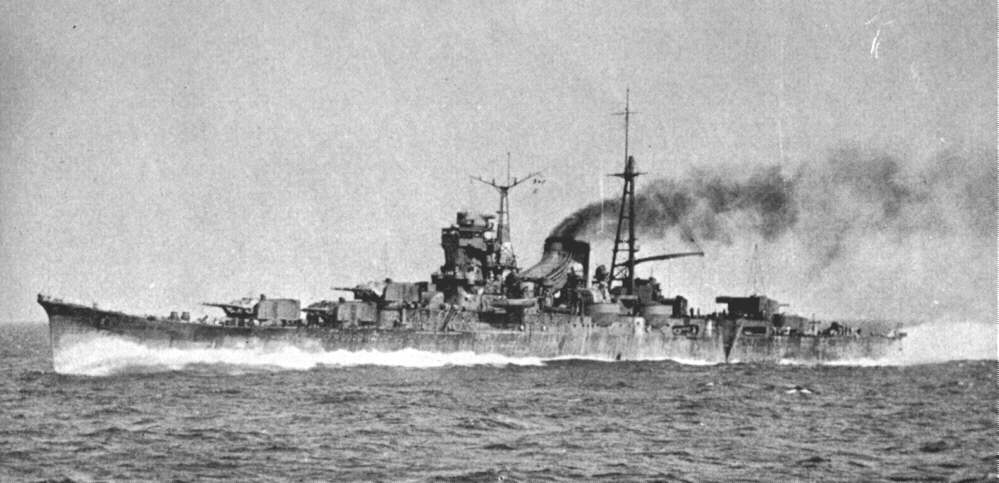
After a collision at Midway.
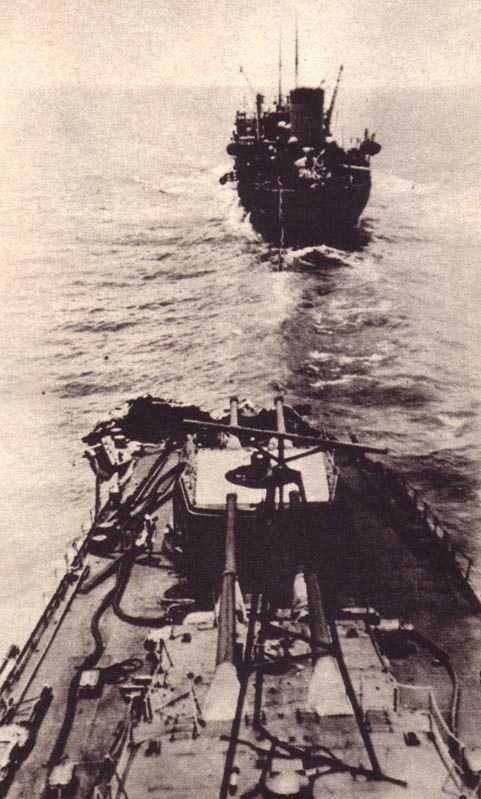
Converted to carry extra seaplanes after Midway.

Produced in response to the Mogami class was the USS Brooklyn class light cruiser with the similar armament of 15x6" rifles. The most famous of these might be USS Phoenix (CL-46). A survivor of Pearl Harbor and all of World War II, she was transferred to Argentina in 1951, eventually becoming the ARA General Belgrano, sunk in 1982 by the HMS Conqueror - the only warship as of yet sunk by a nuclear submarine. Of note, when hit by the torpedoes, the ship was sailing with watertight doors not fully closed.


Phoenix passing the battleships West Virginia and Arizona at Pearl Harbor in 1941.

Vice Admiral Thomas C. Kinkaid (left center) with General Douglas MacArthur (center) on the flag bridge of Phoenix during the pre-invasion bombardment of Los Negros Island.
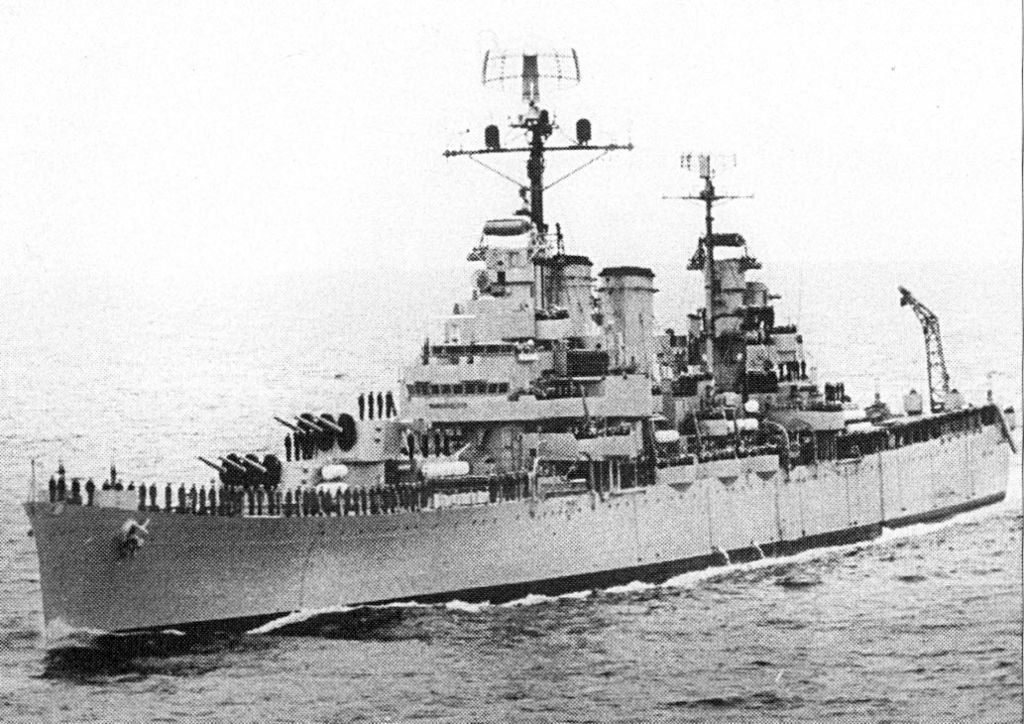
ARA General Belgrano underway


Phoenix passing the battleships West Virginia and Arizona at Pearl Harbor in 1941.

Vice Admiral Thomas C. Kinkaid (left center) with General Douglas MacArthur (center) on the flag bridge of Phoenix during the pre-invasion bombardment of Los Negros Island.

ARA General Belgrano underway
Much the same story as the largest ship ever to be sunk by a sub . . . IJN Shinano. She was supposed to be the third Yamato-class battleship. But after our winged predecessors put paid to Kido Butai at Midway, she got converted into a support carrier - basically the three-way floating lovechild of an AIMD, fleet carrier, and AOE. 72,000-odd tons, but only holding about 50 aircraft in the air wing, with double that available to farm out to other ships. Weird. As the war closed in, the work still wasn't done, so the IJN leadership ordered her moved out of the way. Through Tokyo Bay, and right past USS Archerfish. Boom. Four torpedoes took down a battleship hull. The skipper of Archerfish set his torpedoes to run shallow enough that they missed most of the anti-torpedo armor . . . and the watertight doors weren't all installed yet.Of note, when hit by the torpedoes, the ship was sailing with watertight doors not fully closed.
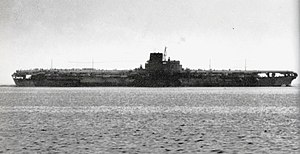
Much the same story as the largest ship ever to be sunk by a sub . . . IJN Shinano. She was supposed to be the third Yamato-class battleship. But after our winged predecessors put paid to Kido Butai at Midway, she got converted into a support carrier - basically the three-way floating lovechild of an AIMD, fleet carrier, and AOE. 72,000-odd tons, but only holding about 50 aircraft in the air wing, with double that available to farm out to other ships. Weird. As the war closed in, the work still wasn't done, so the IJN leadership ordered her moved out of the way. Through Tokyo Bay, and right past USS Archerfish. Boom. Four torpedoes took down a battleship hull. The skipper of Archerfish set his torpedoes to run shallow enough that they missed most of the anti-torpedo armor . . . and the watertight doors weren't all installed yet.

As Nittany brought up the Shinano, here is USS Archerfish which sank her. Initially, the Office of Naval Intelligence thought that Archerfish had sunk a cruiser, not believing that there were any carriers in that stretch of ocean. However, Enright had made sketches of the target, and Archerfish was given credit for sinking a 28,000-ton carrier.
https://en.wikipedia.org/wiki/USS_Archerfish_(SS-311)
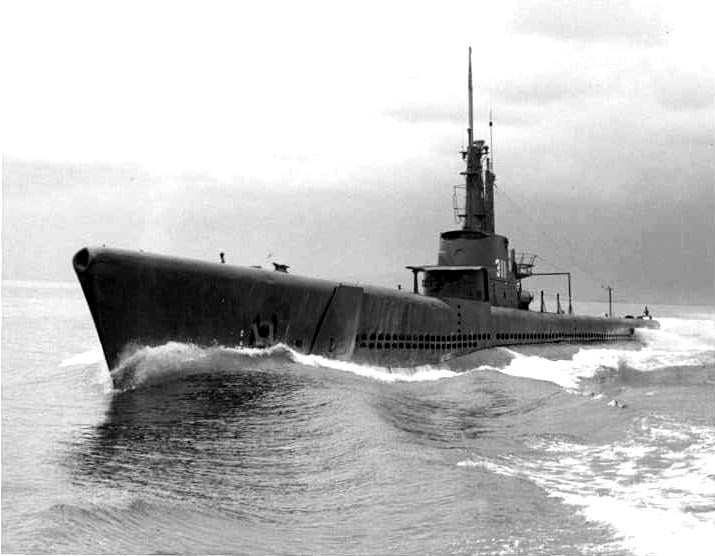
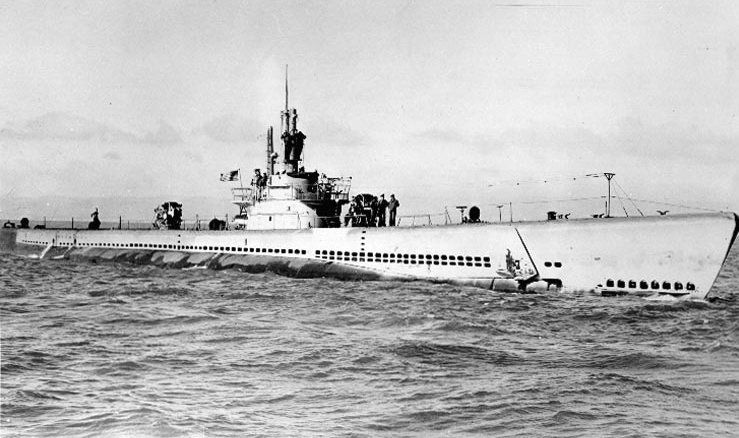
On 2 October 1959, approximately 15 miles southwest of Key West, over Vestal Shoal, Archerfish bottomed at 322 feet (98 m). Commander George F. Bond and Chief Engineman Cyril Tuckfield safely completed a 52-second, 302-foot buoyant ascent from the forward escape trunk. Both men received the Legion of Merit in 1960 for establishing the feasibility of deep submarine escape by locking out
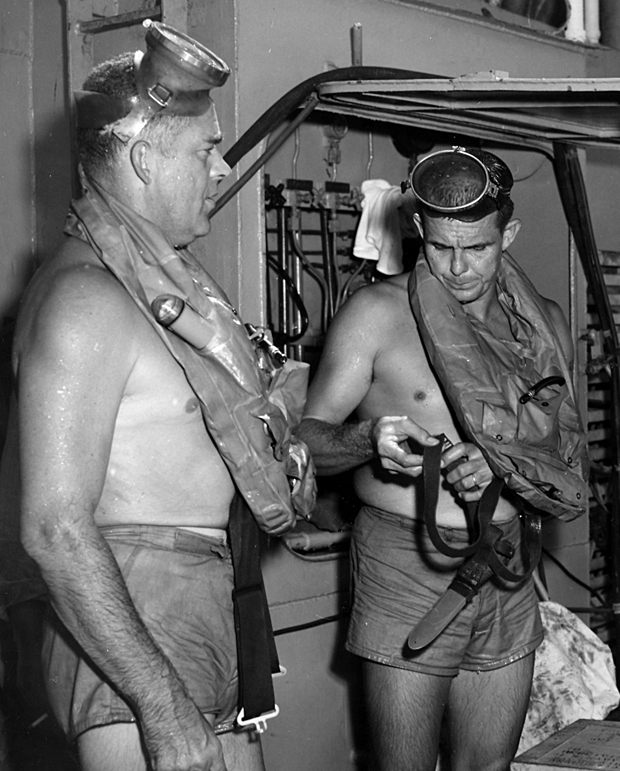
Dr. George Bond and Chief Engineman Cyril Tuckfield following record buoyant ascent in 1959.
Navy Intel didn't know that Shinanao existed until after the war. Intel thought they knew the location of all of the IJN's carriers so when Archerfish claimed to have sunk a carrier there was skepticism. After the war once the sinking was confirmed the CO was awarded the Navy Cross.
The whole Yamato class was not fully understood until post war. Even then, many of the original documents were destroyed before they could be captured.
The whole Yamato class was not fully understood until post war. Even then, many of the original documents were destroyed before they could be captured.
China's 2nd 12,000 ton Coast Guard Cutter....
http://thediplomat.com/2017/05/chin...p-completes-maiden-patrol-in-south-china-sea/
http://cimsec.org/east-asian-security-age-chinese-mega-cutter/16974
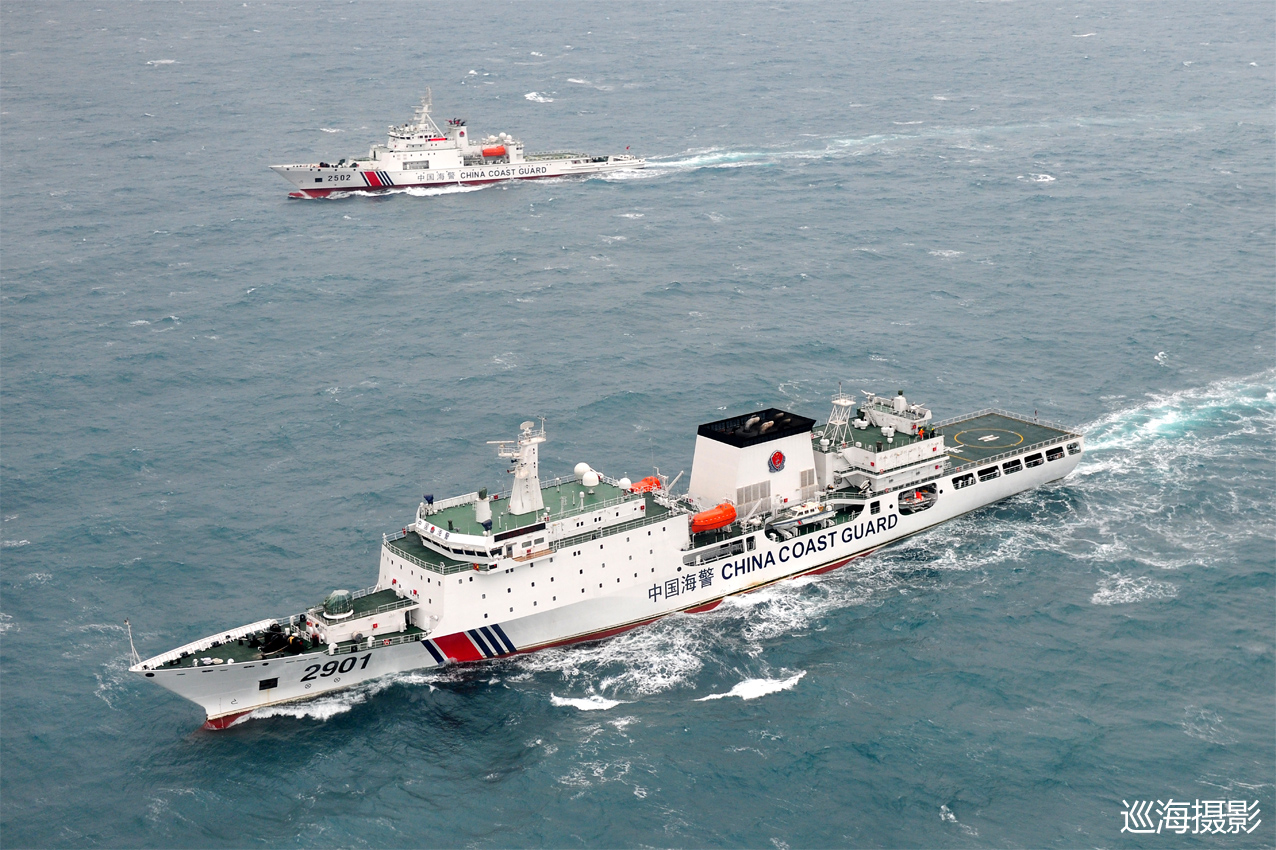
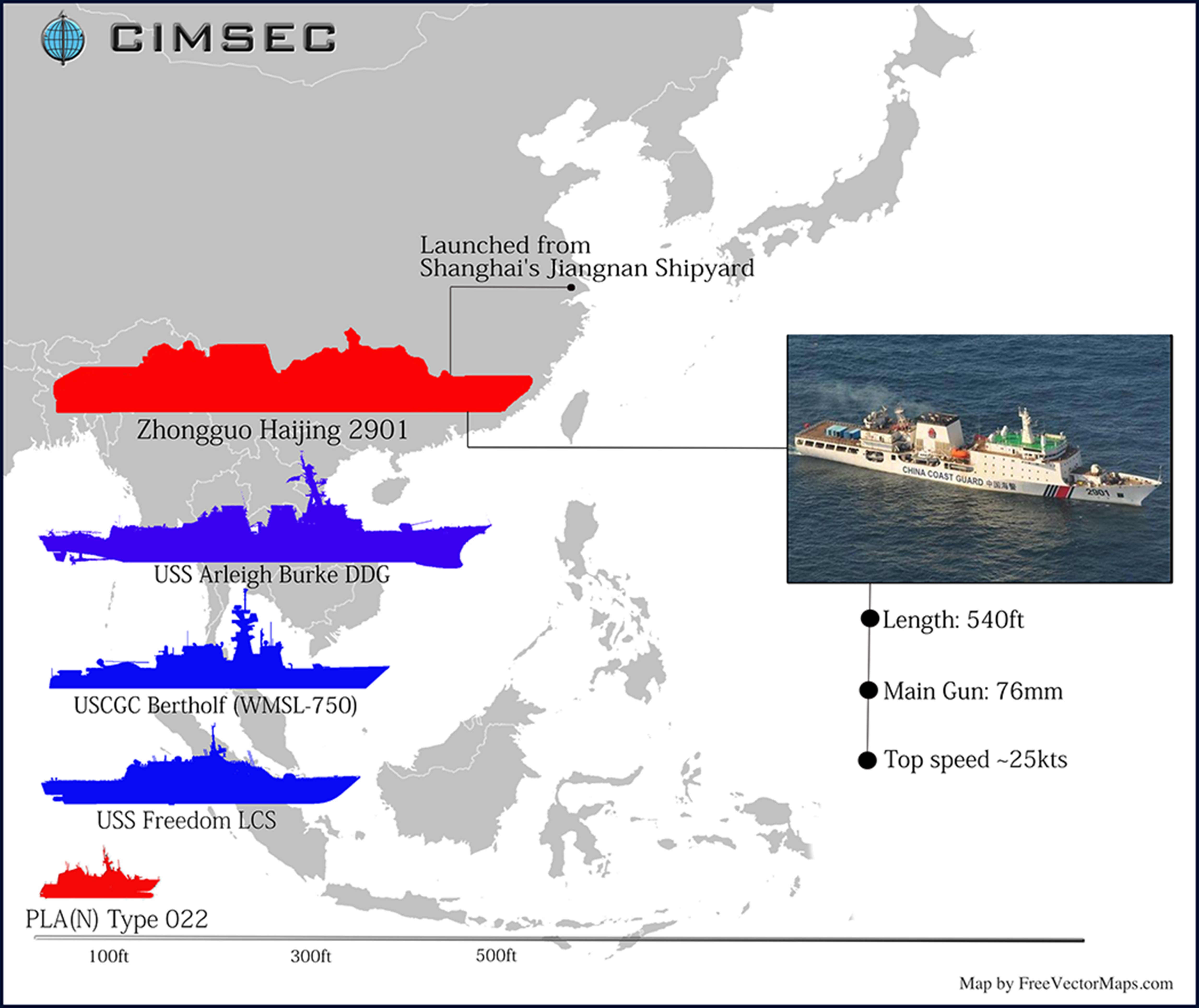
http://thediplomat.com/2017/05/chin...p-completes-maiden-patrol-in-south-china-sea/
http://cimsec.org/east-asian-security-age-chinese-mega-cutter/16974


I missed it. Who's Coast Guard is that? Seems they should make it more clear.
Bigger because they have to employ more people.China's 2nd 12,000 ton Coast Guard Cutter....
http://thediplomat.com/2017/05/chin...p-completes-maiden-patrol-in-south-china-sea/
http://cimsec.org/east-asian-security-age-chinese-mega-cutter/16974


...manned and equipped to simultaneously handle battles in two major warfare areas.
I believe the correct term is "from the sea floor to space." We're not going to win wars with your limited vision.
I believe the correct term is "from the sea floor to space." We're not going to win wars with your limited vision.
From the sea floor to space...and a thousand miles inland! I'll take my VERTREP now, thanks...
In November 1899, the first real recorded underway replenishment (UNREP) at sea was performed by the U.S. Navy using the Marcellus and the battleship Massachusetts. This was achieved by the Massachusetts taking Marcellus under tow 300–400 feet astern while steaming along at six knots. The system, devised by Spencer Miller and the Lidgerwood Manufacturing Company of New York, allowed the crew to deliver one 800 pound bag of coal per minute via a cableway strung above the tow cable.
The USS Massachusetts was eventually scuttled off the coast of Pensacola and is a diving spot now.
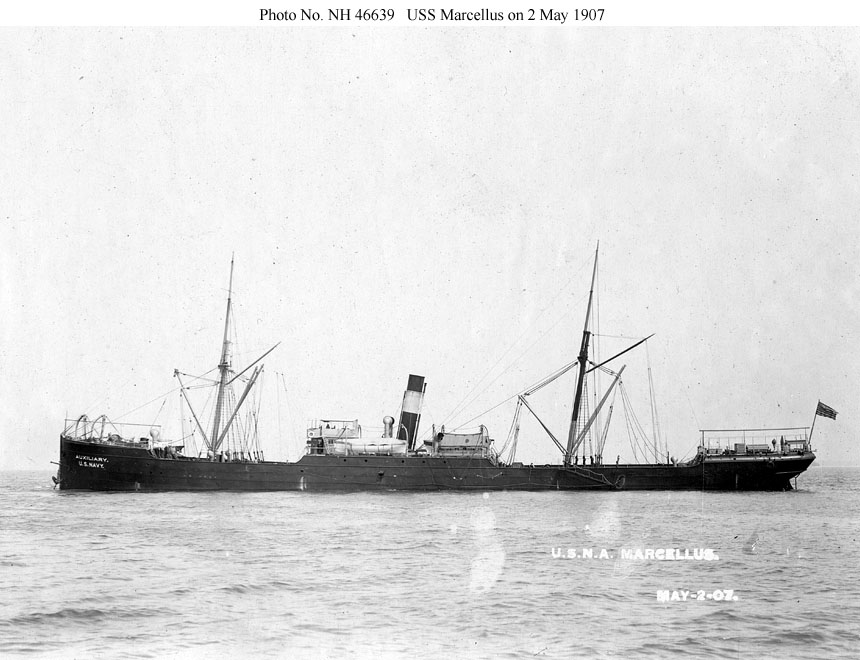
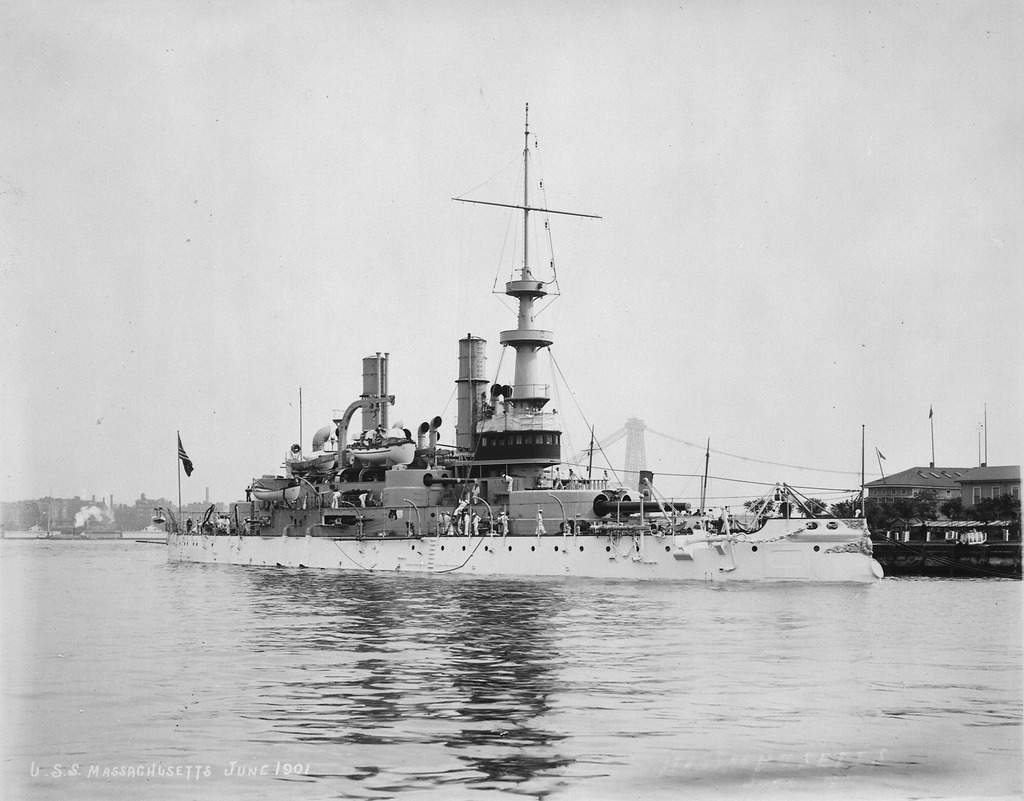
The USS Massachusetts was eventually scuttled off the coast of Pensacola and is a diving spot now.




